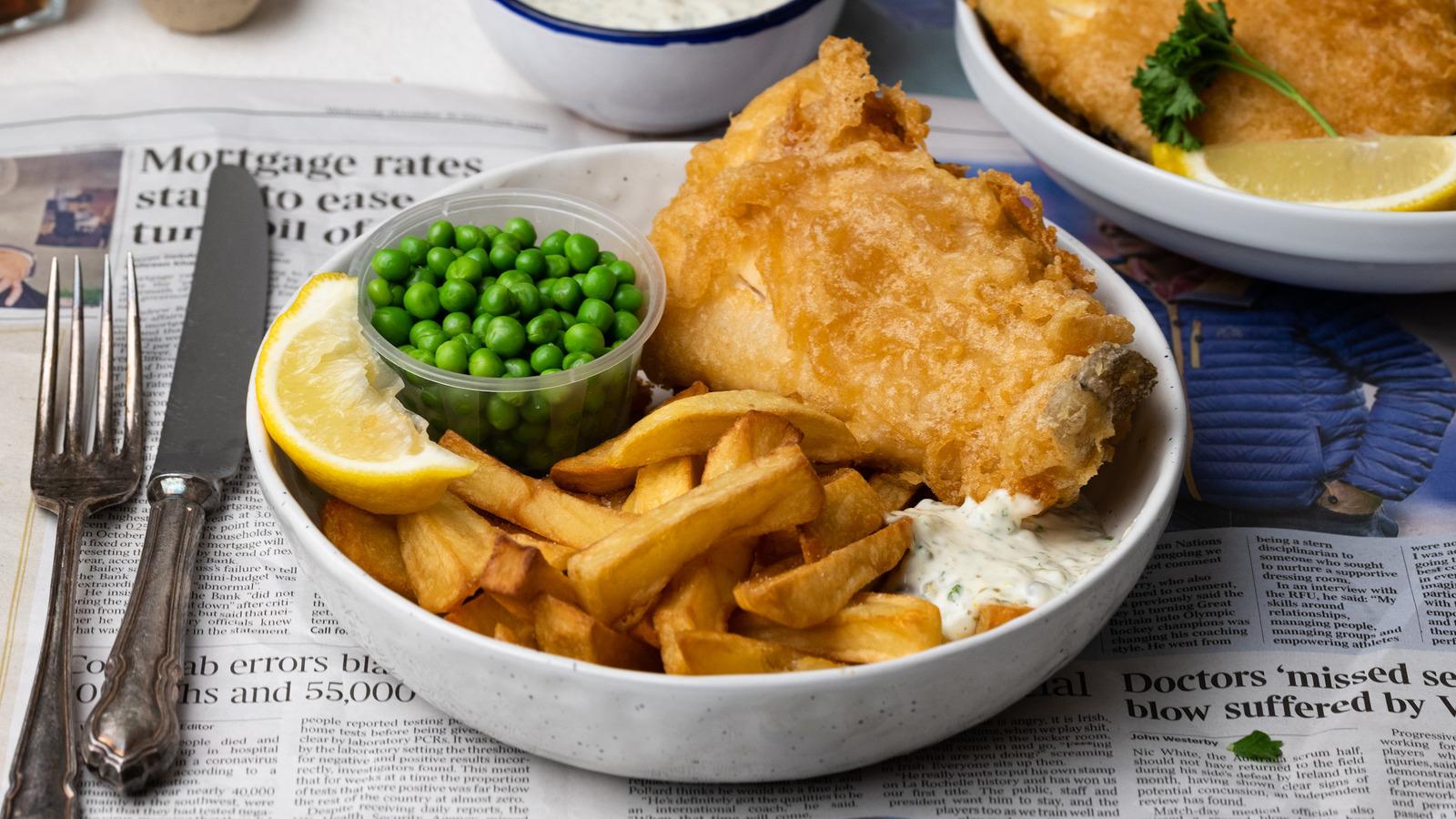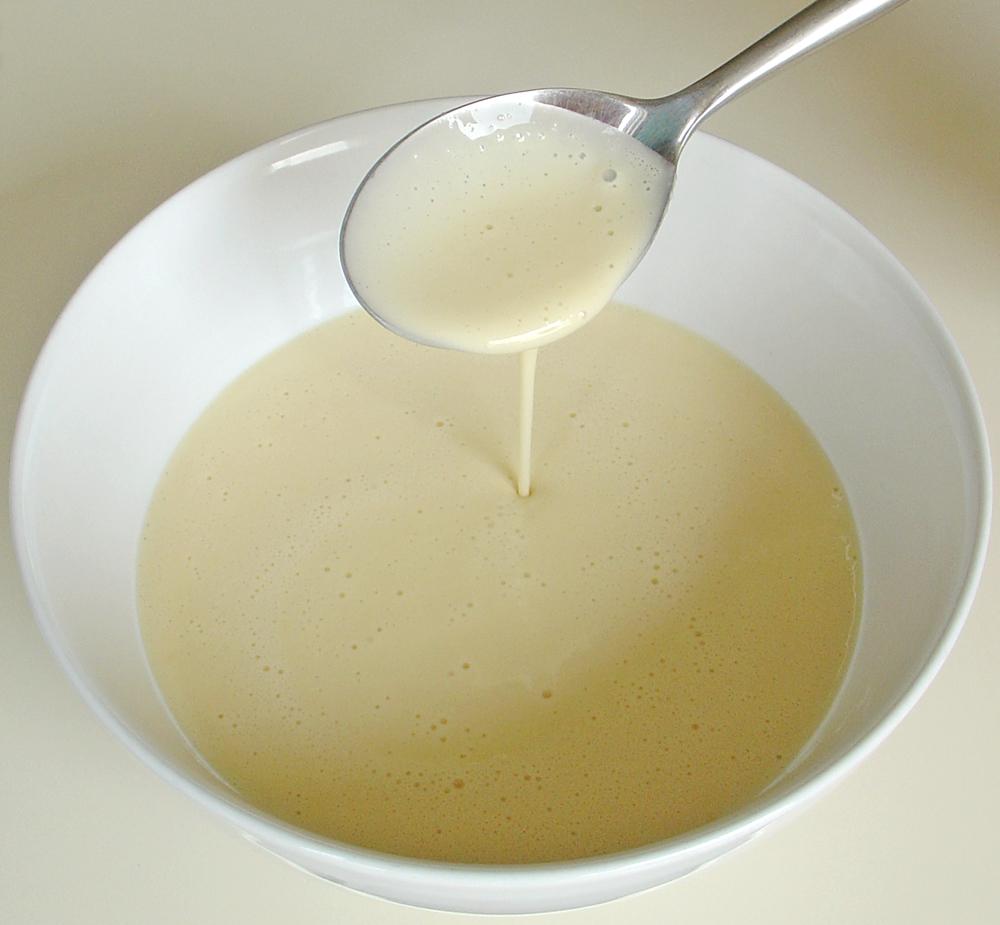in the heart of Britain,a culinary icon sizzles away in deep fryers,drawing locals and tourists alike to its golden,crispy allure. Fish and chips—a dish steeped in history and tradition—has become synonymous with British culture, offering a delightful combination of flaky fish enveloped in a crunchy batter, paired with thick-cut, perfectly cooked chips. From bustling seaside towns to city pubs, this beloved meal transcends mere sustenance, serving as a comforting embrace on rainy days and a festive feast on sunlit shores. Whether enjoyed wrapped in paper for a quick takeaway or served on a plate with a side of tangy tartar sauce, fish and chips cater to every palate, inviting all to partake in a taste of Britain that has captivated generations. In this exploration, we delve into the origins, variations, and enduring appeal of this crispy delight that continues to hold a special place in the hearts and stomachs of many.
The History Behind a National Treasure
The story of fish and chips begins in the 19th century, during a time when culinary innovation was profoundly influenced by industrialization in Britain. While frying fish can be traced back to Jewish immigrants in the 16th century, it was the addition of chips—cut potatoes fried to a crispy perfection—that transformed it into the quintessential takeaway meal. The combination found its sweet spot in the working-class communities of industrial cities like London and Manchester,where it provided an affordable and hearty meal for laborers. This dish became synonymous with British identity, finding its place among the nation’s culinary staples, and by 1860, large-scale fish and chip shops began to dot the urban landscape.
As the dish gained immense popularity,it was also embraced during times of hardship,notably during World War II. It remained a comforting staple, even when othre foods were rationed.Today, fish and chips enjoy a revered status, celebrated not only as a meal but also as part of the national heritage. From conventional chip shops to modern culinary adaptations, it resonates universally, appealing to every palate. The dish has inspired numerous variations, and its influence stretches far beyond Britain—making it a global comfort food. In essence, fish and chips symbolize resilience and community spirit, reflecting a rich tapestry of history and tradition that continues to evolve.

Mastering the Perfect Batter: Techniques and Tips
Creating the ideal batter for your fish and chips requires a combination of the right ingredients and techniques. The key to achieving that perfect crunch lies in maintaining the appropriate temperature and texture. Start by ensuring your flour is both cold and sifted,as this can considerably improve the lightness of the batter. Combine it with equal parts sparkling water or beer, which adds aeration and bubbles, leading to a delightful crispness when fried. For a flavor boost, consider adding a pinch of sea salt and a sprinkle of paprika or black pepper to enhance the batter’s taste without overpowering the fish.
Another crucial aspect is the frying process itself. Use a deep-frying thermometer to maintain a stable oil temperature between 350°F to 375°F (175°C to 190°C). if the oil is too cool, the batter will absorb excess oil, becoming soggy instead of crispy. It’s advisable to fry the fish in small batches to prevent temperature drops and ensure an even cooking process. Allow the freshly fried fish and chips to drain on a rack rather than paper towels to maintain their texture. To elevate your dish further,experiment with garnishes like fresh lemon wedges or a light sprinkle of malt vinegar,encapsulating the essence of British cuisine in each bite.

Exploring Regional Variations Across Britain
As you traverse the diverse landscapes of Britain, each region offers a unique twist on the beloved classic of fish and chips, showcasing local ingredients and culinary traditions. In Scotland, as a notable example, you might indulge in the deep-fried haggis variety, blending the savory flavors of this traditional dish with the classic crunch of golden batter. Meanwhile, in Wales, some establishments embrace the fresh catch from the coastline, often using locally sourced fish like hake or pollock, lending a distinct, regional flavor to this iconic meal.
Not to be outdone, England takes pride in regional variations that captivate the taste buds.In Yorkshire, the fish often comes accompanied by a Yorkshire pudding, while in London, gourmet fish and chips shops delight diners with artisanal batters and artisan fish options, elevating the experience to new culinary heights. The variations are vast,making it a delightful journey of revelation as you sample the different interpretations born from the rich tapestry of British culture.

Pairing Sides and Sauces for the Ultimate Experience
To elevate your fish and chips experience, consider traditional accompaniments that beautifully complement the crispy fish and fluffy chips. Malt vinegar is a timeless classic,adding a tangy brightness that cuts through the richness of the batter. For those who crave a bit of heat, tartar sauce offers a creamy contrast infused with pickles, capers, and a hint of zest.Other crowd-pleasers include mushy peas, offering a vibrant green color and a smooth texture that whets the appetite. For a more adventurous option, try curry sauce, enveloping your meal in a warm, spiced embrace that adds an exotic twist to the hearty British staple.
When selecting sides, it’s essential to consider balance.Hear’s how to pair your fish and chips with delightful sides:
| Side | Flavor Profile |
|---|---|
| Mushy Peas | earthy and creamy |
| Jacket Potatoes | Fluffy and Savory |
| coleslaw | Crunchy and Refreshing |
| Onion Rings | Crispy and Zesty |
These sides not only add texture and contrast but also enhance the overall flavor experience.Whether you opt for a classic pairing of vinegar with mushy peas or venture into the realm of culinary creativity, the right combination transforms a simple meal into a gourmet delight.
Final Thoughts
As we conclude our journey through the golden, crispy world of British fish and chips, it becomes clear that this iconic dish transcends mere sustenance; it is indeed a cultural phenomenon that encapsulates the heart and soul of Britain. From bustling seaside towns to cozy neighborhood pubs,the humble fish and chips have established themselves as a beloved staple,uniting generations of diners in shared enjoyment.
Whether you savor them wrapped in newspaper, smothered in tangy malt vinegar, or accompanied by a side of mushy peas, each bite offers a delightful crunch that has stood the test of time. The artistry behind the perfect batter and the tender, flaky fish highlights the craftsmanship of chefs dedicated to preserving this culinary heritage.
So, the next time you find yourself indulging in this crispy delight, take a moment to appreciate not just the flavors, but the history and tradition that accompany each and every serving. Fish and chips may just be a meal, but they are also a reminder of the warmth and joy of gathering over food that has brought people together for decades. Here’s to the enduring love affair with British fish and chips—a dish that continues to delight the senses and spark conversations, one plate at a time.